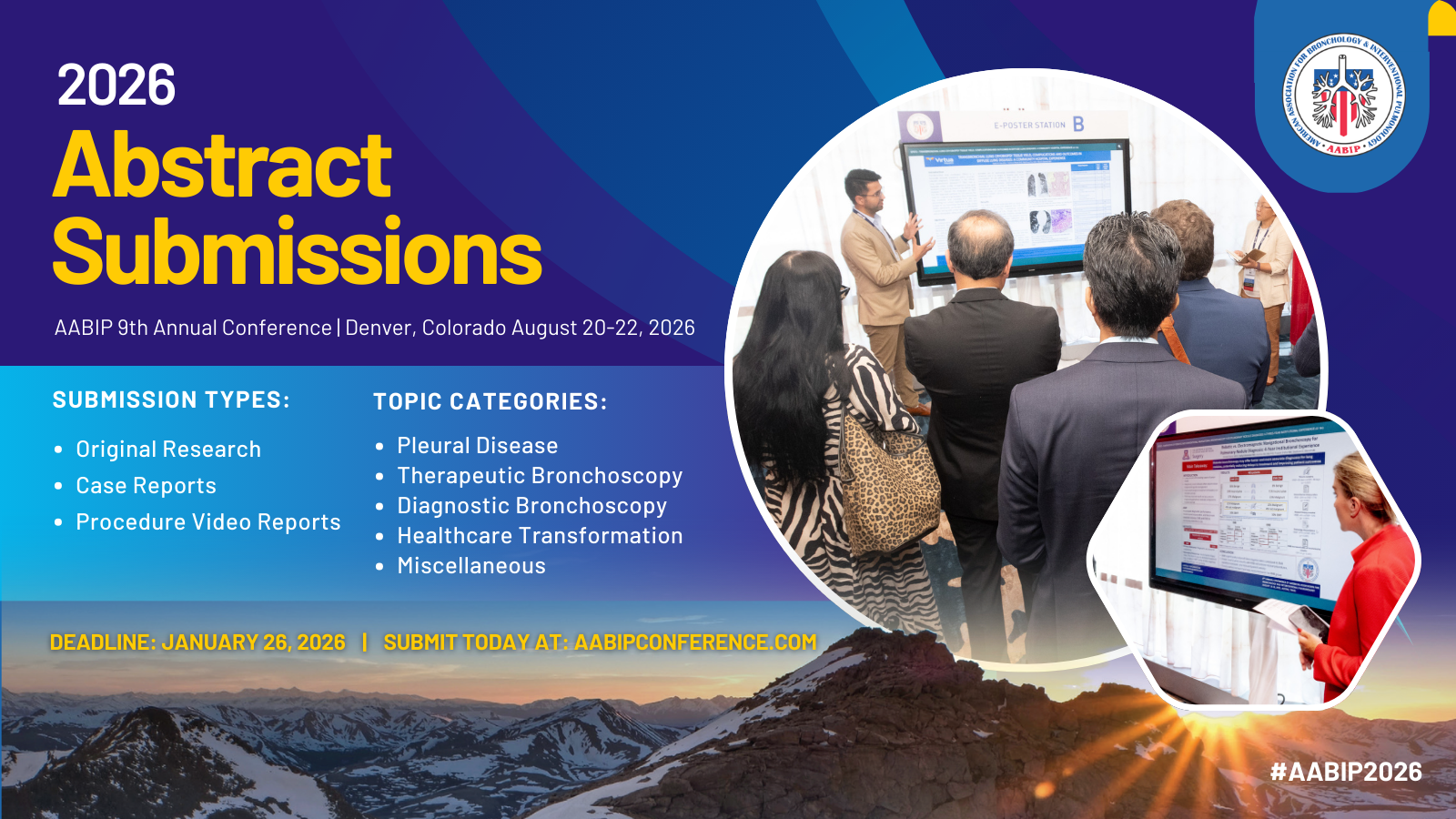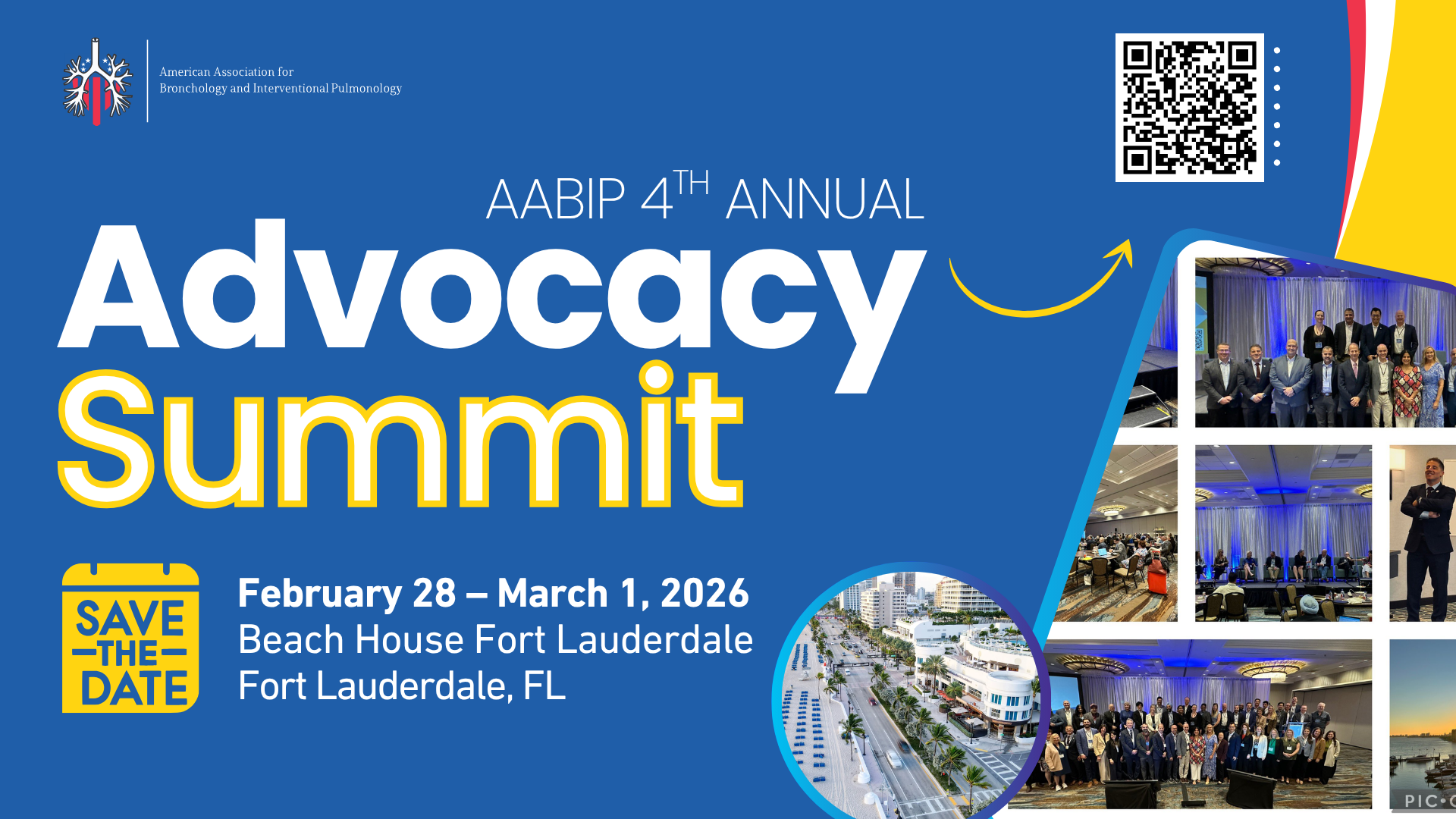AABIP IP Fellow Reading ListNon-Malignant Airway Disease and ManagementThe diagnosis and management of airway complications following lung transplantation https://pubmed.ncbi.nlm.nih.gov/28274791/ Review Reference: Mahajan AK, Folch E, Khandhar SJ, et al. The diagnosis and management of airway complications following lung transplantation. Chest. 2017;152(3):627-638. Summary: Airway complications after lung transplantation can lead to significant morbidity and mortality. This article reviews the risk factors, clinical manifestations, and treatments of airway complications following lung transplantation. It also reviews the multiple grading systems for bronchial healing and describes different bronchoscopic modalities that can be employed. There are treatment algorithms for obstructive pathologies, bronchial stenosis, bronchomalacia and anastomotic dehiscence. Multi-disciplinary management of patients with benign airway strictures: A review https://pubmed.ncbi.nlm.nih.gov/34481304/ Review Reference: Agrawal A, Baird BJ, Madariaga MLL, Blair EA, Murgu S. Multi-disciplinary management of patients with benign airway strictures: A review. Respir Med. 2021;187:106582. Summary: The optimal management of patients with benign airway strictures requires the availability, expertise and collaboration of otolaryngologists, thoracic surgeons, and interventional pulmonologists. This review articles highlights the classification system for laryngotracheal stenosis and the etiology of benign airway stenosis. It concludes with various therapeutic options that can be employed for mitigation of stenosis based on anatomy and location of stenosis. Safety and efficacy of a fully covered self-expandable metallic stent in benign airway stenosis https://pubmed.ncbi.nlm.nih.gov/28448981/ Retrospective Reference: Fortin M, Lacasse Y, Elharrar X, et al. Safety and efficacy of a fully covered self-expandable metallic stent in benign airway stenosis. Respiration. 2017;93(6):430-435. Background: SEMS (Self expandable metallic stents) have a black box warning for use in benign airway disease due to risk of stent related complications and difficulties with removal. This study examines the safety and efficacy of a specific third-generation SEMS, the Silmet stent. PICO: Population –
Intervention –
Comparison –
Outcome –
Take home: Third-generation SEMS are a safe treatment option for complex benign airway stenosis, but complications requiring stent removal are frequent Treatment of benign tracheal stenosis using endoluminal spray cryotherapy https://pubmed.ncbi.nlm.nih.gov/27532803/ Clinical Trial
Reference: Bhora FY, Ayub A, Forleiter CM, et al. Treatment of benign tracheal stenosis using endoluminal spray cryotherapy. JAMA Otolaryngol Head Neck Surg. 2016;142(11):1082-1087. Background: This study reports the experience of a single institution using spray cryotherapy (SCT) in the management of benign tracheal stenosis. PICO: Population –
Intervention –
Comparison –
Outcome –
|








